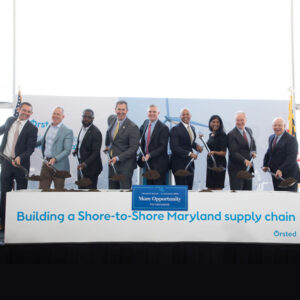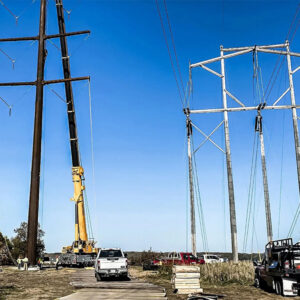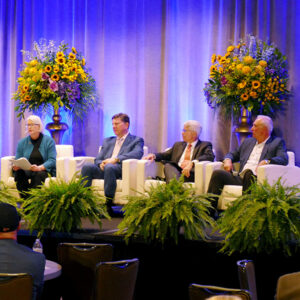FERC Order 1920 eventually may provide a structure for long-term, interregional transmission planning, but its anticipated yearslong implementation could mean states will have to lead in planning nearer-term transmission needs, according to a report from the American Council on Renewable Energy and The Brattle Group.
Debating the impact of FERC's Rule 1920, Abe Silverman of Johns Hopkins told states to "codify, codify, codify" their energy policy goals and policies to ensure PJM has to take them into account in compliance.
Pairing power-hungry data centers with clean energy resources is sparking mixed feelings among regulators, who say the grid already is straining with increased electrification and connecting new energy sources.
The report faults New York’s slow progress toward its climate protection goals and warns that the full cost of the effort still has not been quantified, five years after the goals were signed into law.
New reports conclude offshore wind could be a viable way to power clean hydrogen production, but clean hydrogen is not a cost-effective fuel for power generation.
NYISO received four bids in response to its Public Policy Transmission Need solicitation to deliver up to 8 GW of offshore wind power to New York City.
Maryland will allow its lone remaining contracted offshore wind developer to seek higher compensation and other changes for the wind farms it is proposing off the Delmarva Peninsula.
Getting bills through the Maryland General Assembly often involves compromises and tradeoffs, even with Democrats controlling the House of Delegates, the Senate and the governorship.
FERC appears to be nearing completion on its transmission planning rulemaking, with cost allocation rules and the federal ROFR among the issues at stake.
Utility executives told state regulators that natural gas and nuclear power will be part of the electric mix for decades as the industry decarbonizes.









